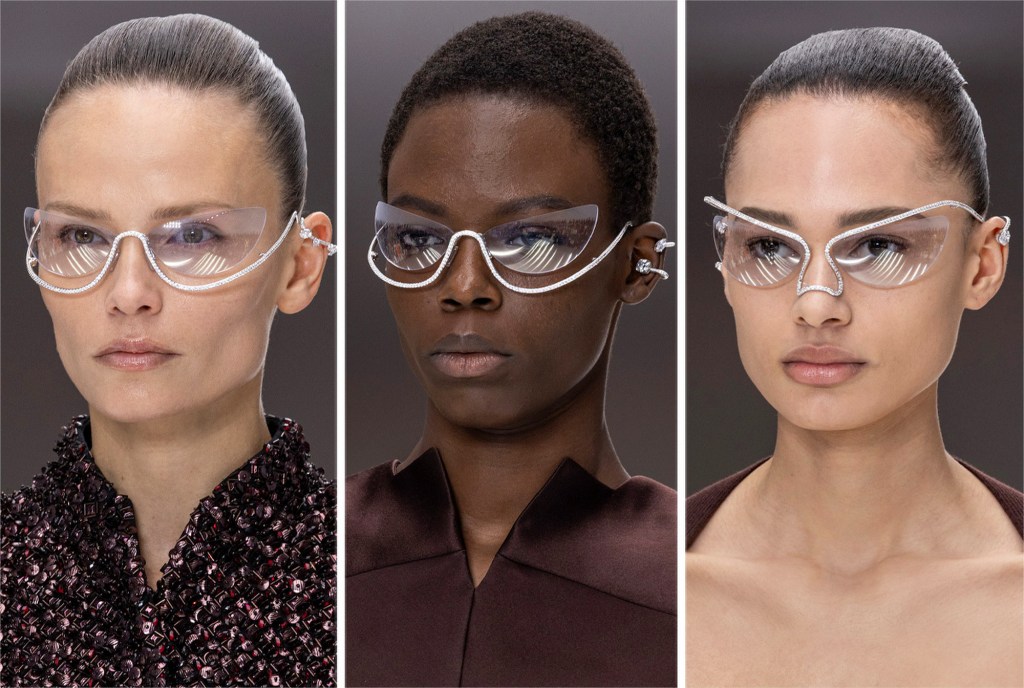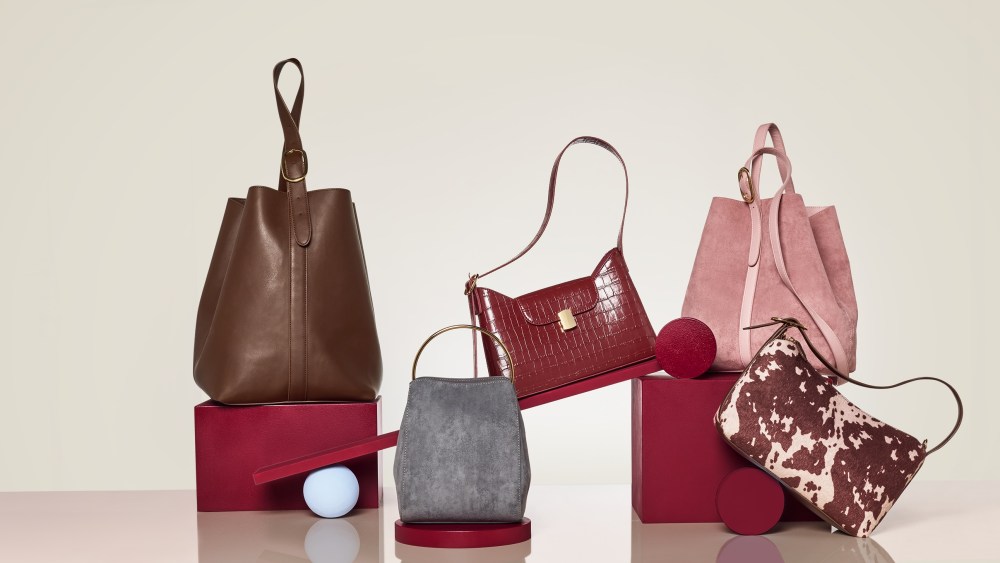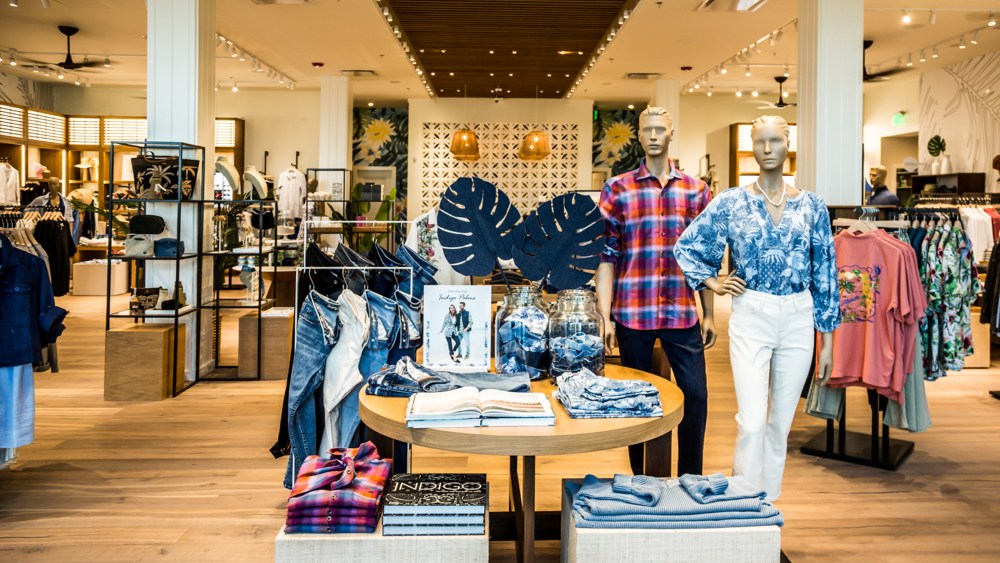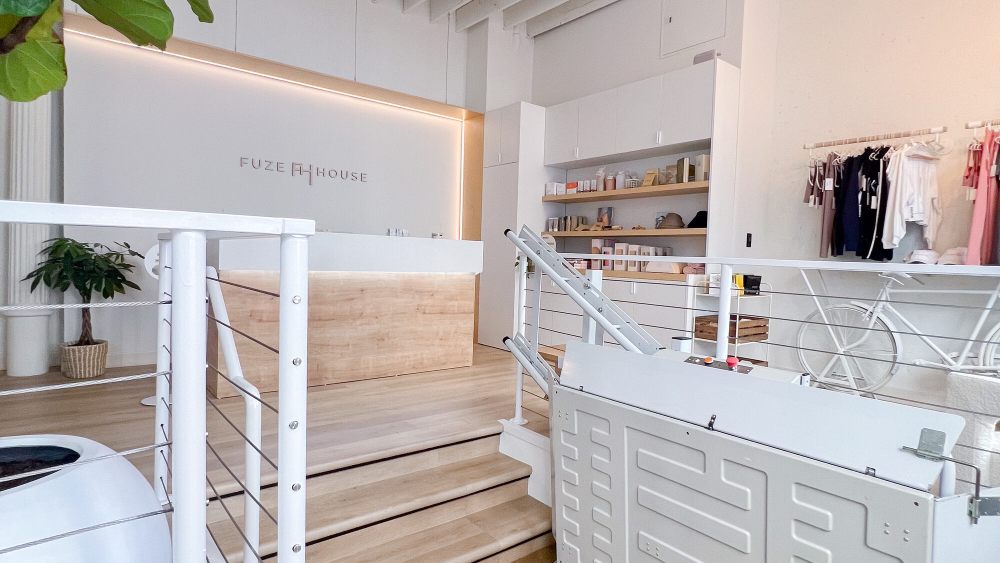Last January, sunglasses reached a new luxury zenith when they appeared on Fendi’s runway during Paris Couture Week: The radical, diamond-encrusted frames heightened the sci-fi feeling of the sleek dresses by Kim Jones — and shortly after more than a dozen pairs sold at around $30,000 a pop.
“We presented a new way to wear glasses — with a couture gown. A normal, functional object wouldn’t normally be worn with such a dress,” said Delfina Delettrez Fendi, reflecting on her daring gambit as the brand’s artistic director of jewelry. “I am very happy the response was positive.…I am endlessly fascinated by the possibilities of adornment. This led to the idea of ‘fine eyewear.’”
With an unusual design that swoops over cheekbones and nose, the jewel-like glasses became a “special accessory illuminating the face like a precious makeup,” she enthused.
Dubbed Singular Vision, the frames are tailor-made in the haute couture way, a facial scanner adapting their shape to the face, hence making each pair one of a kind.
“These items will make women feel more confident and will be topics of conversation,” Delettrez Fendi said.
To be sure, the upscaling of the vibrant eyewear sector has become a hot subject, with luxury groups taking eyewear manufacturing in-house, and indie brands like Jacques Marie Mage and jewelers like Cartier now selling sunglasses with four-digit price tags.

“Over the years I observed a shift in consumer behavior — a growing weariness toward disposable, low-quality goods masquerading behind designer labels,” said Rosario Toscano, chief executive officer of Lugano-based Akoni Group, detailing the rationale for founding the eyewear firm, which has produced high-end glasses for Valentino and Balmain since 2021, in addition to the Akoni brand.
Toscano was previously global managing director for Dita Eyewear, where he was behind the launch of Thom Browne’s collection.
He said Akoni’s mission is “elevating the eyewear category to align with the high standards set by other luxury merchandise.”
Examples include Balmain’s special Pierre frame, realized with white gold and gold-plated titanium, sold in a limited edition of 200 at $2,520 each. Akoni has also witnessed strong demand for Balmain’s Le Masque style with a “gold-flash mirror” finish.
Meanwhile, the average retail price for Valentino frames, featuring Japanese acetate temples, retail on average at $650. Akoni frames average around $800 at retail.

“Our strategy involves pushing the envelope of pricing and introducing limited editions and special capsules that focus on premium materials, special features or innovative approaches,” Toscana explained in an interview. “We have not experienced sticker shock or price resistance.”
Prices of luxury eyewear rose 3 percent in 2023, while sales of luxury sunglasses recorded a 5 percent increase, according to Euromonitor.
“This surge is propelled by the return of international tourists, which is set to continue to provide a welcome boost to sales of luxury sunglasses,” said Fflur Roberts, head of luxury at Euromonitor, also citing a “general consumer shift towards eyewear as an additional luxury fashion accessory.”
Consolidation in the sector is contributing to the category’s continual elevation. Kering brought its eyewear production in-house 10 years ago via a dedicated subsidiary, while LVMH Moët Hennessy Louis Vuitton and Marcolin pooled their expertise in 2018 to create Thélios. Both entities have snapped up additional eyewear brands in recent years.
“As more luxury houses gain control over their own eyewear brands and the luxury fashion industry overall steps up their supply-chain acquisitions in a flurry of near-shoring and vertical integration activity, the luxury eyewear segment will undoubtedly gain access to higher skilled craftspeople which will help to drive down lead times, but could also push retail prices up even further,” Roberts noted.
She said that consolidation is particularly visible across the luxury segment.
“The top 10 players, including EssilorLuxottica, VSP, Safilo, Kering and LVMH account for just over 60 percent of all sales,” she said. “Over the next five years, Euromonitor International expects the share dynamic to intensify even further.”
Delphine Vitry, founding partner of Paris-based luxury consultancy MAD, noted that the “objective of any luxury brand is to maximize their price power,” and that “enhancing the fashion-slash-luxury dimension” of the category makes sense.
“The relationship you have with a pair of sunglasses and a pair of shoes is not the same,” she said. “This is something you put on your face.”

Luxury companies have traditionally licensed out three main product categories where distribution is dominated by wholesale channels: perfumes and cosmetics, eyewear and childrenswear. That more of them are bringing eyewear in-house suggest they spy important expansion potential, and an opportunity to keep savoir-faire proprietary, Vitry explained.
She cautioned that prices in optical boutiques, a main distribution channel for sunglasses, are not as elastic as in a luxury brand’s own boutiques where the environment, experience and legitimacy can command higher tickets.
Federica Levato, senior partner and EMEA leader of fashion and luxury at consultancy Bain & Company, argued that vertical integration does “not significantly affect how the category and its brands are perceived by the final customers. It aligns with the overarching strategy across all categories to exert greater control from production to client touchpoints.”
In addition, “we do not perceive this integration as substantially impacting pricing, brand positioning or perception.”
To be sure, Levato spies bright times ahead for the sector.
“While we project the overall luxury market to grow within a range of 1 percent to 4 percent, we forecast that the luxury eyewear segment may experience a slightly higher growth bracket, ranging between 2 to 3 percent to 5 to 6 percent for 2024,” she said in an interview.
In Toscana’s view, “the sustained and growing demand for exclusive, high-quality products within the luxury segment is anticipated to exert a significant influence on pricing dynamics in the eyewear sector.”
“In essence, the trajectory from entry-level designer eyewear to jewelry-like collectibles reflects a strategic response to evolving consumer preferences and the realization that the marriage of luxury and quality is not only feasible but also mutually beneficial,” he explained.
That said, he warned that larger fashion brands, which require high production volumes and shorter lead times, “may face challenges in adopting the meticulous design, construction, engineering and production processes characteristic of the highest forms of luxury eyewear.”
“An important part of the Akoni Group mission is to educate consumers regarding eyewear design, craftsmanship, materials and technology to help them better understand the qualitative differences between brands and why the real value in eyewear is found in higher-priced products,” he added.




